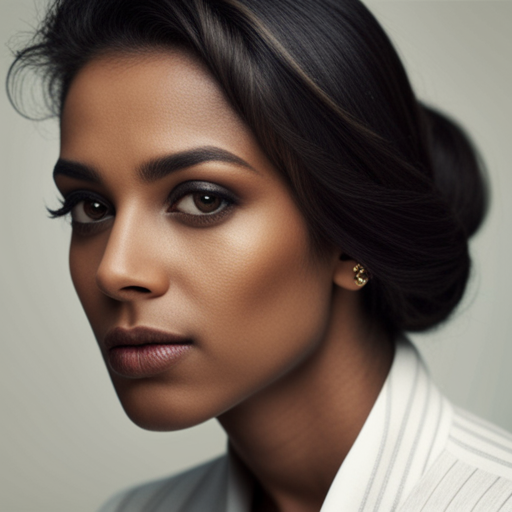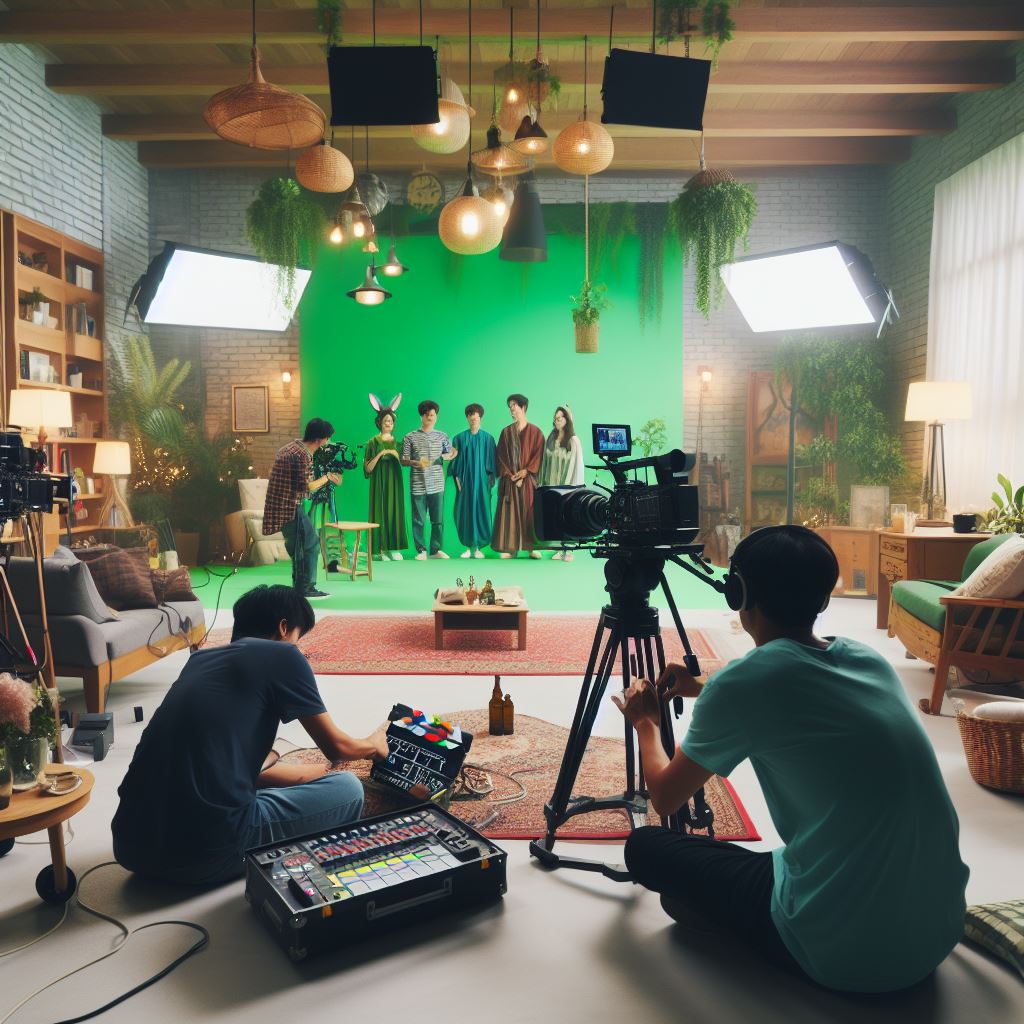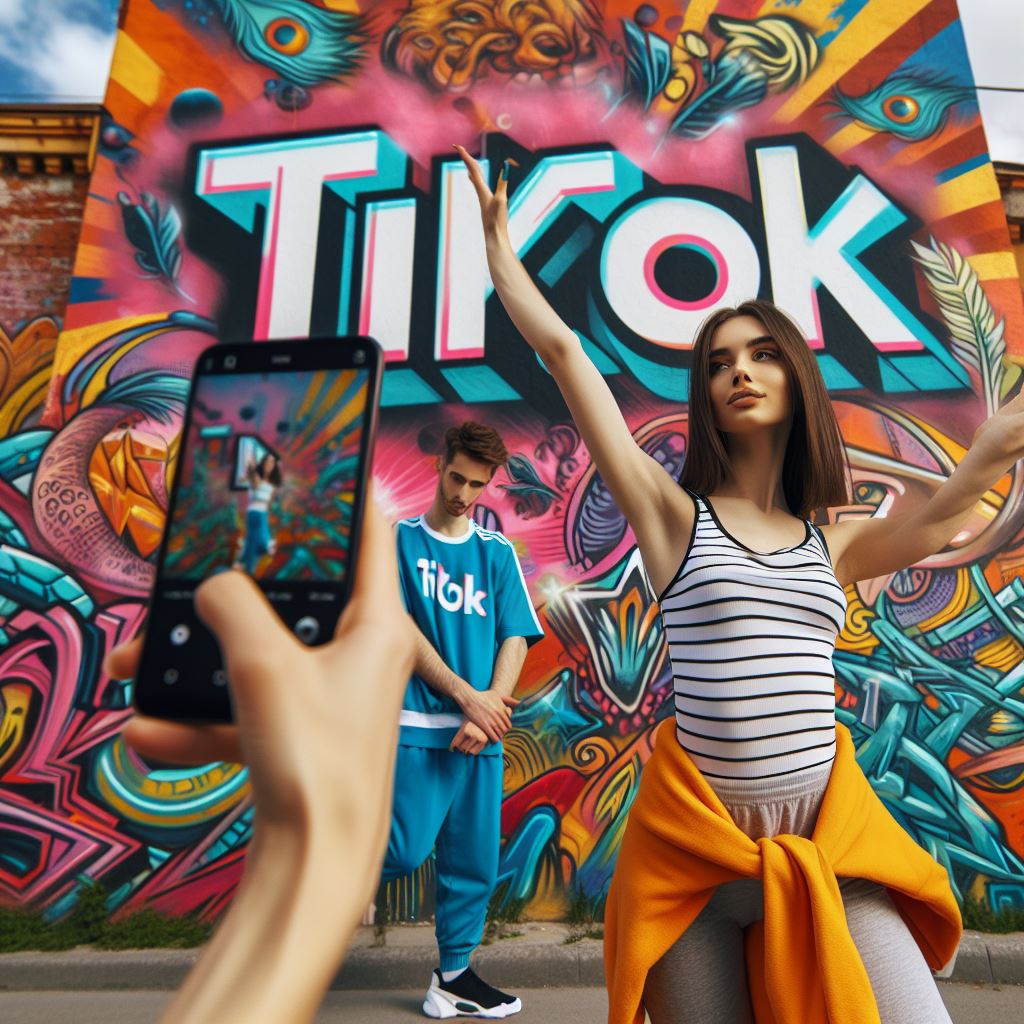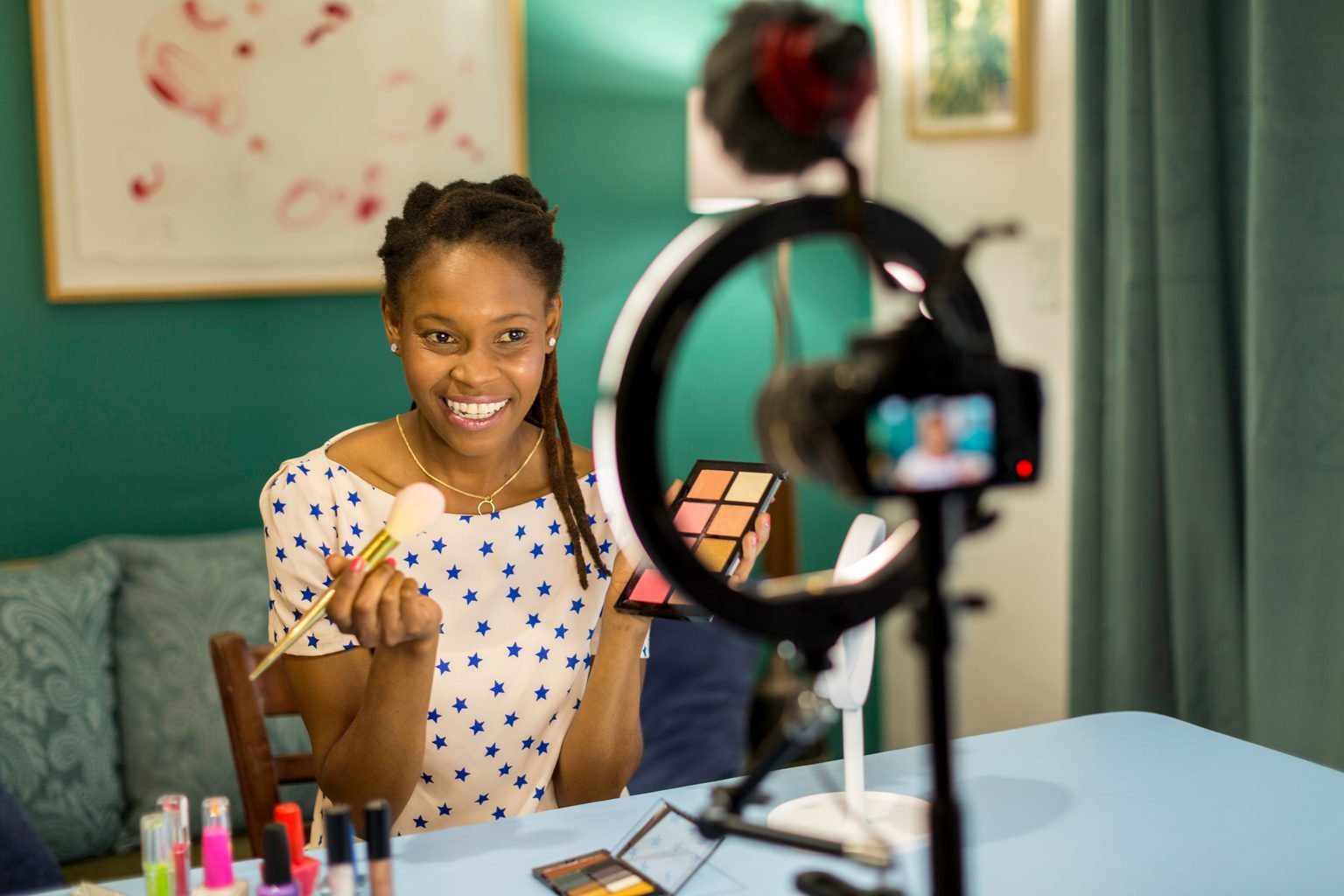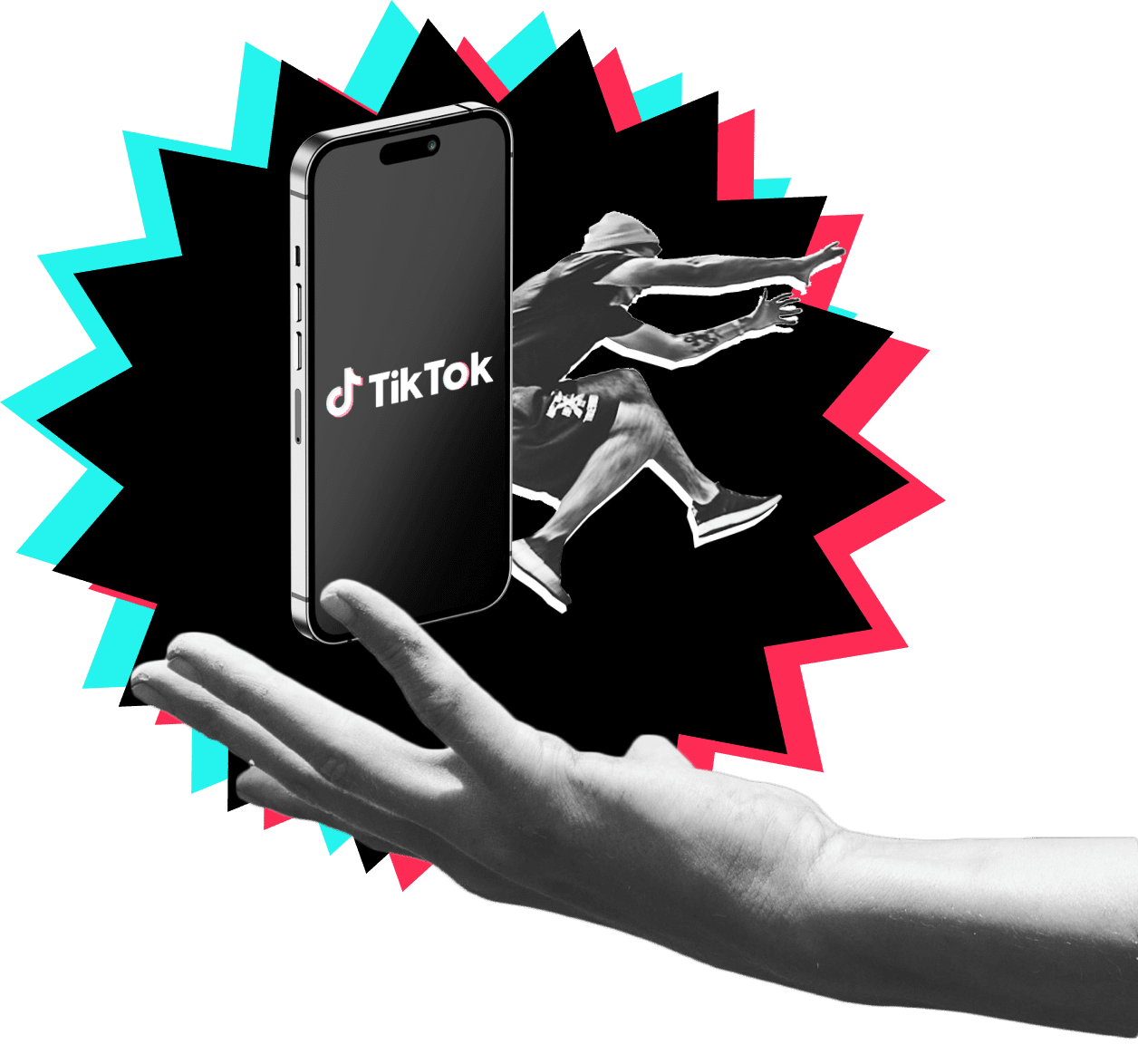Behind every successful film, advertisement, or production lies a crucial process that sets the foundation for its success: casting. Casting models and actors is an art that requires a keen eye, intuition, and a deep understanding of the project’s requirements. In this blog, we’ll delve into the intricacies of casting, exploring the key considerations, challenges, and tips to ensure you assemble the perfect cast for your project.
Casting is an essential aspect of any creative project that involves talent, whether it’s for a fashion show, a film, a television series, or a commercial. The process of casting models and actors is a delicate and intricate art that can significantly impact the success and authenticity of a production. In this blog, we’ll delve into the fascinating world of casting, exploring the key considerations and techniques that casting directors use to find the perfect fit for their projects.
A crucial element in the world of entertainment and fashion is casting. Whether it’s for a movie, a television show, a fashion campaign, or even a theater production, finding the perfect models and actors can make or break a project. In this blog, we will delve into the art of casting, exploring the intricate process of selecting individuals who can bring characters and concepts to life in the most captivating and authentic way possible.
Casting directors play a pivotal role in the entertainment and fashion industries. They are responsible for identifying, selecting, and presenting the best-suited talent for a particular project.
1. The Power of Casting:
Casting goes beyond mere selection; it’s about finding individuals who can bring characters to life and convey the intended message effectively. A well-cast actor or model can elevate the production, while a poor choice might hinder the story’s impact. The goal is to find individuals who not only possess the right physical attributes but also understand the essence of the role and align with the project’s vision.
2. Defining Your Vision:
Before the casting process begins, it’s essential to have a clear vision of your project. What emotions do you want to evoke? What characteristics should the characters embody? Having a well-defined vision will guide your casting choices and help you communicate your expectations to potential actors and models.
The first step for a casting director is to thoroughly comprehend the project’s vision. Whether it’s a period drama or a high-fashion photo shoot, having a clear understanding of the project’s concept and requirements is essential.
3. Understanding the Characters:
Each character in your project has a unique personality, background, and motivations. Understanding these aspects is crucial in finding actors who can authentically portray them. Take time to create character profiles that detail their traits, quirks, and development arcs. This will help you identify individuals who resonate with the characters on a deeper level.
4. The Audition Process:
The audition process is where the magic happens. Create a comfortable and professional environment for actors and models to showcase their skills. Provide them with sides (script excerpts) that allow them to demonstrate the character’s nuances. Be open to unexpected interpretations; sometimes, an actor’s unique take can breathe new life into a role.
Open calls and auditions are common methods for discovering new talent. Open calls allow aspiring models and actors to showcase their skills and personalities. Auditions involve reading lines, performing scenes, or modeling specific outfits to assess an individual’s suitability for a role. These processes are often intense, as casting teams need to see if the talent can adapt to the demands of the project.
5. Chemistry and Ensemble:
In projects involving multiple characters, it’s important to assess how well the actors work together as an ensemble. Chemistry between cast members can enhance the authenticity of relationships portrayed on screen. Consider holding chemistry readings or workshops to gauge the dynamic between potential co-stars.
In projects where chemistry between characters is crucial, chemistry tests are essential. This involves pairing potential actors together to assess how well they interact on screen or stage. The ability of actors to create believable connections can greatly impact the project’s success.
6. Balancing Experience and Fresh Faces:
While experienced actors bring a level of professionalism and skill to the table, don’t overlook fresh faces. Newcomers can bring a sense of authenticity and novelty to a project. Balance is key; a mix of seasoned performers and emerging talents can create a well-rounded and engaging cast.
Balancing these two can be a creative decision, depending on the project’s goals. Newcomers can bring a unique authenticity to their roles, while established stars can draw in audiences.
7. Diversity and Inclusion:
The importance of diversity and inclusion in casting cannot be overstated. Representing different backgrounds, cultures, genders, and abilities not only reflects the real world but also broadens the appeal of your project. Ensure your casting choices align with the principles of inclusivity.
Casting should be a reflection of the real world, and it’s essential to consider diversity and inclusivity. Casting a diverse range of models and actors not only ensures a broader representation but also adds depth and authenticity to the project. This is a growing focus in the industry, promoting inclusivity in all aspects of casting.
8. Challenges and Solutions:
Casting comes with its share of challenges, such as scheduling conflicts, budget constraints, and unexpected changes. Flexibility is vital; have backup options in case your first choices become unavailable. Additionally, open communication with agents, actors, and models can help mitigate potential issues.
9. Director-Actor Relationship:
Building a strong rapport with your cast fosters a collaborative atmosphere. Encourage open dialogue and be receptive to their input. Remember that actors bring their own insights and experiences to their roles, which can enrich the storytelling process.
10. Trusting Your Instincts:
Casting involves both analysis and intuition. Trust your instincts; if an actor or model resonates with you and aligns with your vision, they might be the perfect fit, even if they don’t match your initial expectations.
Casting Models
Casting models for fashion shows, photoshoots, and advertising campaigns is a unique process that revolves around specific criteria:
-
Physical Attributes: Models are selected based on their physical attributes, such as height, body type, and facial features. Different projects require different looks, from high fashion to commercial and everything in between.
-
Runway Skills: For fashion shows, models must possess excellent runway skills, including posture, walk, and the ability to exude confidence on the catwalk.
-
Portfolio: A strong portfolio showcasing a model’s previous work is crucial. It helps casting directors assess a model’s versatility and experience.
-
Personality: Models often become the face of a brand, so their personality and professionalism are vital. They need to be easy to work with, punctual, and adaptable.
-
Versatility: Some projects require models to adapt to various styles and looks. Casting directors look for models who can be versatile and adapt to different fashion genres.
Casting Actors
Casting actors for film and television is a multifaceted process that goes beyond physical appearance:
-
Acting Skills: The most critical factor in casting actors is their acting ability. Casting directors look for performers who can convincingly portray the characters in the script.
-
Character Compatibility: Actors must not only be skilled but also suitable for the characters they are auditioning for. This includes considering age, ethnicity, and personality traits.
-
Audition Process: Actors audition by performing scenes from the script. This process allows casting directors to assess their range, chemistry with other actors, and ability to bring a character to life.
-
Screen Tests: In addition to auditions, screen tests are often conducted to see how actors perform on camera. This is especially important for film and television projects.
-
Experience: An actor’s previous experience and training can also influence casting decisions. Seasoned actors may have an edge when auditioning for prominent roles.
In conclusion casting models and actors is an intricate process that requires a deep understanding of your project’s vision, characters, and the magic that occurs when performers breathe life into their roles. By defining your vision, embracing diversity, and fostering a collaborative environment, you can assemble a cast that not only meets your project’s needs but also exceeds your expectations, creating a lasting impact on your audience.
Casting models and actors is a meticulous art that requires a deep understanding of a project’s vision and objectives. Casting directors play a crucial role in bringing creative ideas to life by selecting the perfect talent to embody the characters or showcase the fashion collections. It’s a process that blends intuition, industry knowledge, and an eye for talent to create memorable and impactful productions. The next time you watch a movie or see a fashion campaign, remember that the casting process is a significant part of what makes it all come together seamlessly.
Casting models and actors is an intricate process that blends art and science. It requires a deep understanding of the project’s vision, a keen eye for talent, and the ability to make tough decisions. Casting directors play a pivotal role in ensuring that the right individuals are chosen to bring a creative concept to life. So, the next time you watch a movie or flip through a fashion magazine, remember the meticulous work that went into casting the perfect models and actors to make that project a reality.


